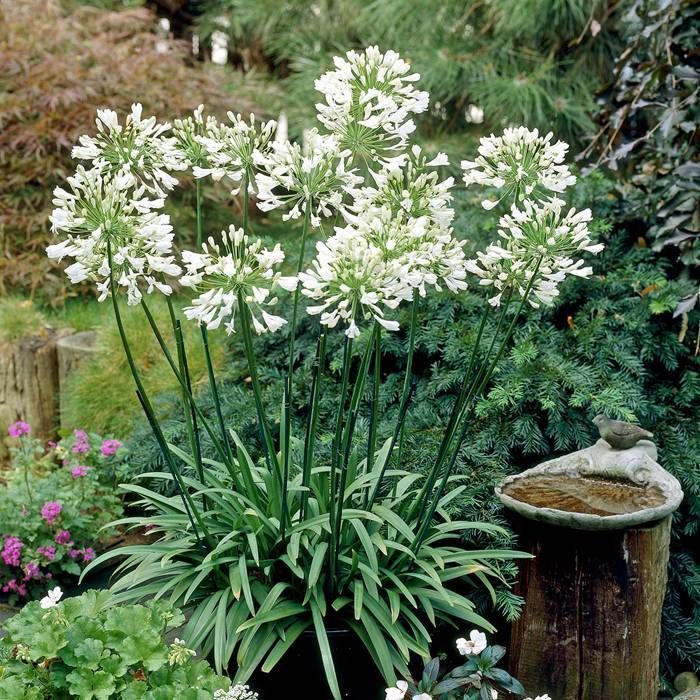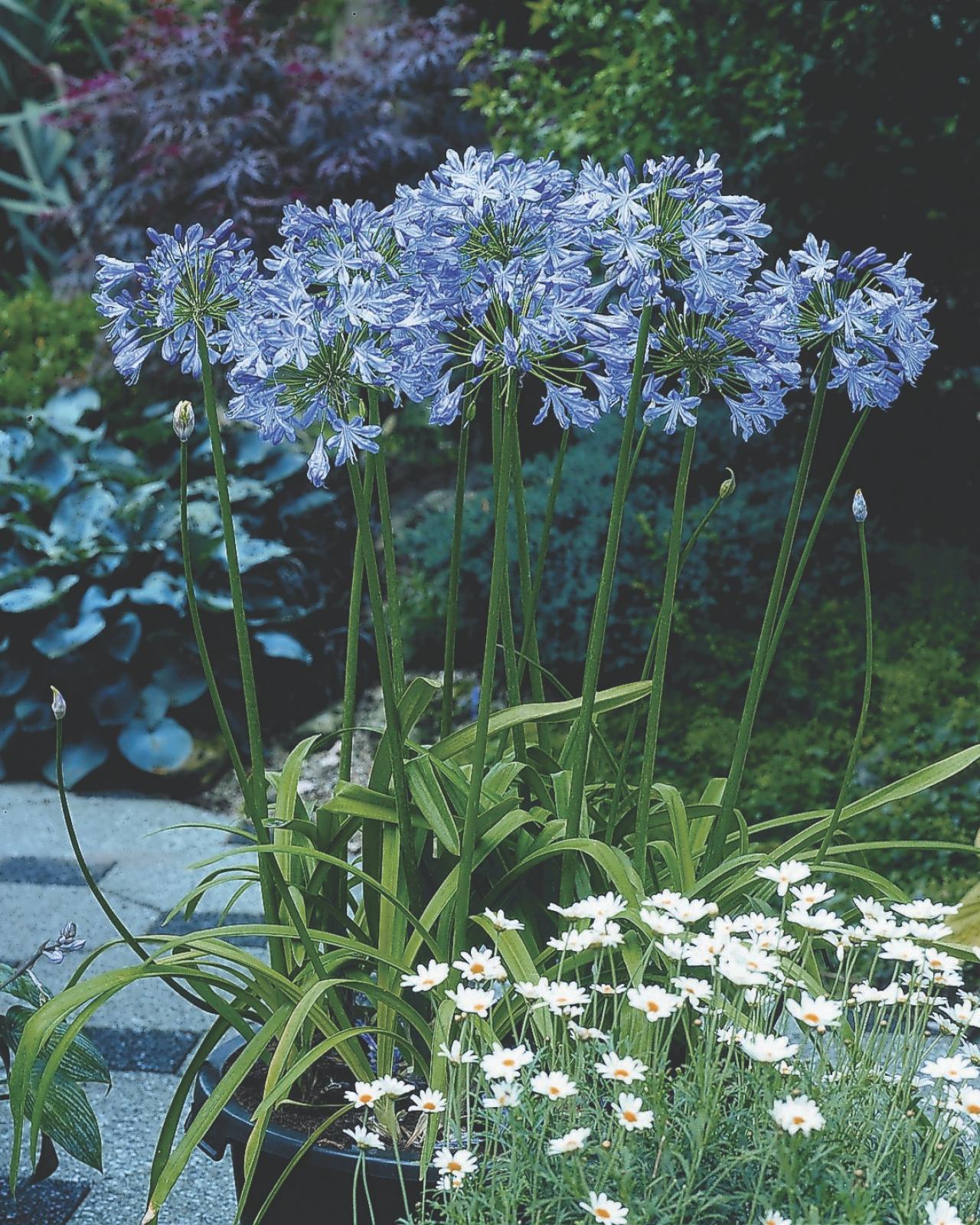Agapanthus Companion Plant Kingdoms: Perfect Pairings for Your Yard
Agapanthus Companion Plant Kingdoms: Perfect Pairings for Your Yard
Blog Article
Understanding the Art of Agapanthus Treatment: Necessary Actions for Healthy Development and Lively Blooms
In the realm of cultivation, the cultivation of agapanthus stands as a rewarding endeavor for those that seek to nurture these elegant blooming plants. From choosing the best selection to mastering pruning strategies, the trip in the direction of growing growing agapanthus plants is complex and holds the crucial to unlocking the complete possibility of these organic treasures.

Selecting the Right Agapanthus Selection

When picking the ideal Agapanthus variety for your yard, take into consideration elements such as environment suitability, blossom color, and growth practice. In addition, think about the climate in your region to make certain the Agapanthus selection you choose can grow in your details conditions. Recognizing the growth behavior of different Agapanthus selections is essential for correct placement within your garden.
Ideal Planting Problems
Thinking about the optimal ecological requirements is crucial for successful Agapanthus growing. Agapanthus prospers in well-draining soil with a somewhat acidic to neutral pH level. When planting, pick a place that receives complete sunshine to partial color. In hotter climates, offering some mid-day color can prevent scorching of the fallen leaves. Agapanthus plants are sensitive to cool temperatures and should be secured from frost during winter season months.
To make certain healthy and balanced development and dynamic flowers, plant Agapanthus bulbs at a depth of about 2-4 inches and room them 8-12 inches apart. Mulching around the base of the plants assists maintain moisture and suppresses weed growth.
Watering and Feeding Tips
Preserving correct moisture levels and offering essential nutrients are vital aspects in the care regimen for Agapanthus plants. When it comes to sprinkling Agapanthus, it is vital to strike a balance. These plants prefer constantly moist soil but are prone to root rot if overwatered.
Fertilizing Agapanthus is necessary for promoting healthy and balanced growth and prolific blossoms. Apply a well balanced plant food, such as a 10-10-10 formula, in the very early springtime as new growth emerges. Repeat this application every 6-8 weeks throughout the growing period. Avoid extreme fertilizing, as it can lead to lush foliage at the expenditure of blossoms. Always follow the supplier's directions for appropriate dilution and application techniques. By following these watering and fertilizing suggestions, you can ensure your Agapanthus plants prosper and generate lively, resilient blooms.
Pruning Strategies for Agapanthus
Pruning Agapanthus plants at the appropriate times and with correct techniques is essential for maintaining their health and promoting ideal growth and flowering. The ideal time to prune Agapanthus remains in late wintertime or very early spring before brand-new development emerges. Begin by removing any dead or yellowing fallen leaves near the base of the plant. visit this site Cut them as short as feasible without harming the emerging shoots.
For flowered stems, wait till the flowers have withered and afterwards cut them back to the base. This not just cleans the plant's look however likewise encourages the growth of new blossom buds. Deadheading invested flowers can also reroute the plant's energy right into producing the original source more blooms instead of establishing seeds. Nevertheless, if you intend to collect seeds for breeding, leave some flowers to mature and dry on the plant.
Remember to make use of tidy, sharp devices to make accurate cuts and decrease the threat of introducing illness. Agapanthus. Normal pruning will certainly help keep your Agapanthus looking healthy and cool while guaranteeing a bountiful display of attractive flowers
Taking Care Of Usual Pests and Diseases
After making certain appropriate pruning techniques for Agapanthus, it is vital to attend to usual pests and conditions that can influence the wellness and vitality of these plants. One typical bug that impacts Agapanthus is the Agapanthus gall midge.
In addition, Agapanthus plants can experience from root rot if they are grown in improperly draining dirt. By being cautious and taking timely activity versus parasites and diseases, you can help your Agapanthus plants flourish and generate lively blooms. Agapanthus.

Conclusion
To conclude, mastering the art of agapanthus care involves selecting the ideal selection, supplying excellent planting conditions, proper watering and fertilizing, suitable pruning strategies, and addressing typical pests and illness. By adhering to these essential steps, you can make certain healthy and balanced development and lively flowers for your agapanthus plants. Keep in mind to regularly monitor and keep your plants to advertise their general health and longevity.
To make sure healthy development and dynamic blossoms, plant Agapanthus light bulbs at a depth of concerning 2-4 inches and room them 8-12 inches apart. By complying with these watering and feeding suggestions, you can ensure your Agapanthus plants review flourish and produce lively, durable flowers.
One common bug that affects Agapanthus is the Agapanthus gall midget. Additionally, Agapanthus plants can endure from root rot if they are grown in inadequately draining pipes dirt. By complying with these vital steps, you can ensure healthy and balanced development and dynamic blossoms for your agapanthus plants.
Report this page